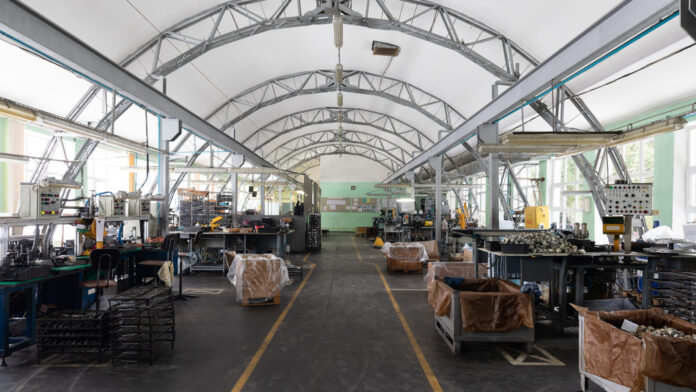How Sri Lanka Can Challenge Manufacturing Giants Like Vietnam and Bangladesh on Cost and Quality
Frontpage Journal – Economic Insights
Sri Lanka finds itself in a competitive neighborhood with manufacturing powerhouses such as Vietnam and Bangladesh, which have become preferred destinations for global supply chains due to their cost advantages and growing capabilities. For Sri Lanka to carve out a meaningful position in this regional manufacturing landscape, it must strategically address both cost competitiveness and quality assurance, leveraging its unique strengths while overcoming inherent challenges.
Cost competitiveness is often the first consideration for multinational companies choosing manufacturing locations. Vietnam and Bangladesh benefit from large, low-cost labor pools and economies of scale that help keep production expenses minimal. Sri Lanka’s labor costs are generally higher, partly due to a more skilled workforce and higher living standards. However, this gap can be narrowed through targeted productivity improvements, technology adoption, and operational efficiencies. Investing in automation and smart manufacturing can help reduce labor intensity while maintaining high output. Streamlining regulatory processes and reducing bureaucratic delays also lower indirect costs, making the business environment more attractive.
Sri Lanka’s comparatively smaller population means it cannot compete solely on labor cost and scale. Instead, it can differentiate by focusing on quality, compliance, and reliability. The country has a reputation for strong adherence to international labor standards, ethical manufacturing practices, and high-quality outputs, particularly in sectors like apparel and textiles. Capitalizing on this reputation by obtaining global certifications, such as ISO standards and sustainability certifications, can appeal to brands and buyers prioritizing ethical sourcing and product excellence.
A key advantage Sri Lanka holds is its strategic geographic location. Positioned near major shipping routes and with well-developed port infrastructure, Sri Lanka can offer faster turnaround times and more efficient logistics compared to some regional competitors. This proximity enables just-in-time manufacturing and reduces inventory costs for buyers. Enhancing connectivity and customs efficiency will further improve supply chain reliability.
Human capital quality is another critical differentiator. Sri Lanka boasts a relatively well-educated and English-speaking workforce, which facilitates communication with international clients and supports complex manufacturing processes requiring skilled labor. Continued investment in vocational training, upskilling, and digital literacy will ensure that the workforce can meet evolving industry demands, including more technical and knowledge-intensive roles.
Diversification of product offerings toward higher value-added and specialized manufacturing segments can also set Sri Lanka apart. Instead of competing head-on in mass, low-cost production, Sri Lanka can focus on niche sectors such as pharmaceuticals, electronics components, technical textiles, and green manufacturing. These sectors demand stringent quality controls and technical expertise, areas where Sri Lanka can compete effectively.
Sri Lanka’s commitment to sustainability and Environmental, Social, and Governance (ESG) practices is increasingly important for global buyers. Many multinational corporations are integrating ESG criteria into their supply chain decisions. By positioning itself as a hub for sustainable manufacturing, emphasizing renewable energy use, waste reduction, and fair labor practices, Sri Lanka can attract premium clients willing to pay for responsible production.
Government support plays a vital role in leveling the playing field. Competitive fiscal incentives, investment-friendly policies, and enhanced ease of doing business will attract both foreign direct investment and domestic industrial growth. Building strong public-private partnerships to address infrastructure gaps, particularly in power, transport, and digital connectivity, will reduce operational costs and boost competitiveness.
Finally, Sri Lanka must actively engage in trade agreements and regional economic partnerships to access new markets and benefit from preferential tariffs. Participation in blocs like BIMSTEC and leveraging existing free trade agreements can open doors to buyers looking for diversified supply chains beyond the traditional hubs.
In summary, Sri Lanka’s path to regional manufacturing competitiveness lies not in imitating the low-cost scale models of Vietnam or Bangladesh but in strategically blending cost-efficiency with superior quality, reliability, and sustainability. By capitalizing on its geographic advantages, skilled workforce, ethical reputation, and focus on innovation and ESG, Sri Lanka can differentiate itself as a preferred partner in the evolving global manufacturing ecosystem. This nuanced approach offers a realistic and promising way forward for Sri Lanka to compete effectively within South Asia’s manufacturing landscape.




